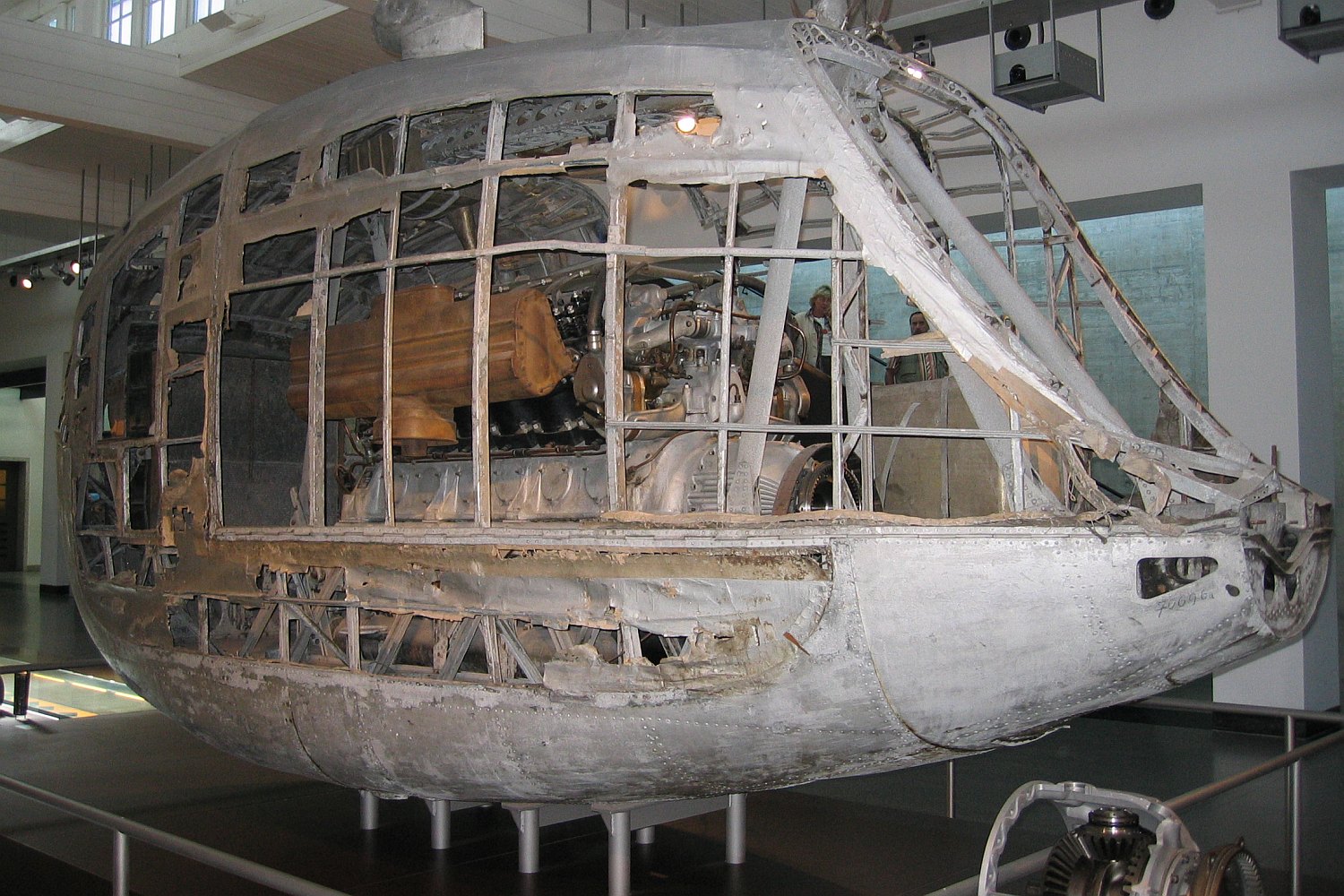
April through October, and every Wednesday and the second Saturday of each month November through March. The Historical Society runs regular tours of the crash site and museums on base every Wednesday and the second and fourth Saturday from 10 a.m. Typically, entry to the base requires identification, but Roberts said that will be waived for this event. The gates of the base will open at 5:30 for anyone who wants to attend, and the event will include remarks from Jablonski and Col. On Saturday, May 6, a memorial service is planned at the site beginning at 6:45 p.m. In fact, she was the 1,000th passenger, for which she received a commemorative platter she was set to bring to the event. Horst Schirmer was 5 when his father worked on the Hindenburg project and was allowed on board for some test flights, and Anne Springs Close was 10 when she was a passenger in 1936. He’s enthused about plans for marking the 80th anniversary, which includes a dinner on Friday evening at the nearby Clarion Hotel that was set to include comments from two of the three people alive known to have ever flown on the Hindenburg. His interest continued throughout his life, and he has served as president of the historical society for 22 years. Now 75, Jablonski has been fascinated by lighter-than-air aviation for most of his life, since a visit with his father around 1947, when there were still Navy blimps at the site. That means a visit includes passing a military checkpoint. Dustin Roberts, a public affairs officer, says is the only base in the nation that includes Army, Navy, Air Force and Marine personnel. The crash site is on the McQuire-Dix-Lakehurst joint base, which Air Force Staff Sgt. Two aluminum bleachers overlook the ground-level monument, but otherwise the site looks much like any other stretch of open field in New Jersey. “This is where it all happened,” said Carl Jablonski, president of the Navy Lakehurst Historical Society, gesturing to a monument surrounded by a chain outline marking where the gondola of the Hindenburg landed 80 years ago. While the hydrogen burned off in close to an instant, the diesel fuel for the four engines continued to burn through the night. Most of the others were injured or burned. Of the 97 people on board, including 36 passengers and 61 crewmen, 35 were killed, including 13 of the passengers. WHYY thanks our sponsors - become a WHYY sponsorĪstonishingly, some survived. Newsreel crews caught the disaster on film, something that seems familiar in the 21st century but was extraordinary at the time, and Chicago radio announcer Herbert Morrison made history with his commentary on the event, including the oft cited cry of “Oh, the humanity.” His brief statement was recorded and broadcast the next day. Instead, they witnessed towering flames as the Hindenburg - more than 800 feet long and named for the German president who named Adolf Hitler chancellor - dissolved in gouts of fire and smoke.


The first landing of the season for the great zeppelin was national news, and photographers, radio announcers and film crews were on hand to capture the moment. It took just over 30 seconds for the airship to go from the zenith of floating luxury and privilege to a smoldering tangle of girders on the ground. May 6, 1937, that came to an end with one of the most visually spectacular air disasters in history.Ī large model of the Hindenburg hangs in the Navy Lakehurst Historical Society in Lakehurst, N.J., (AP Photo/Mel Evans) But on a spring evening 80 years ago, 7:25 p.m.
#ZEPLIN MUSEUM PLUS#
Made in Germany, the LZ 129 Hindenburg took 10 trips across the ocean in 1936 to land safely at the Lakehurst airfield, plus several more trips to South America. It sounds like fantasy an enormous, luxurious airship, filled with one of the most world’s flammable gases, shuttling the super-rich around a globe still mired in the Great Depression.įor a summer, everything went fine.


 0 kommentar(er)
0 kommentar(er)
